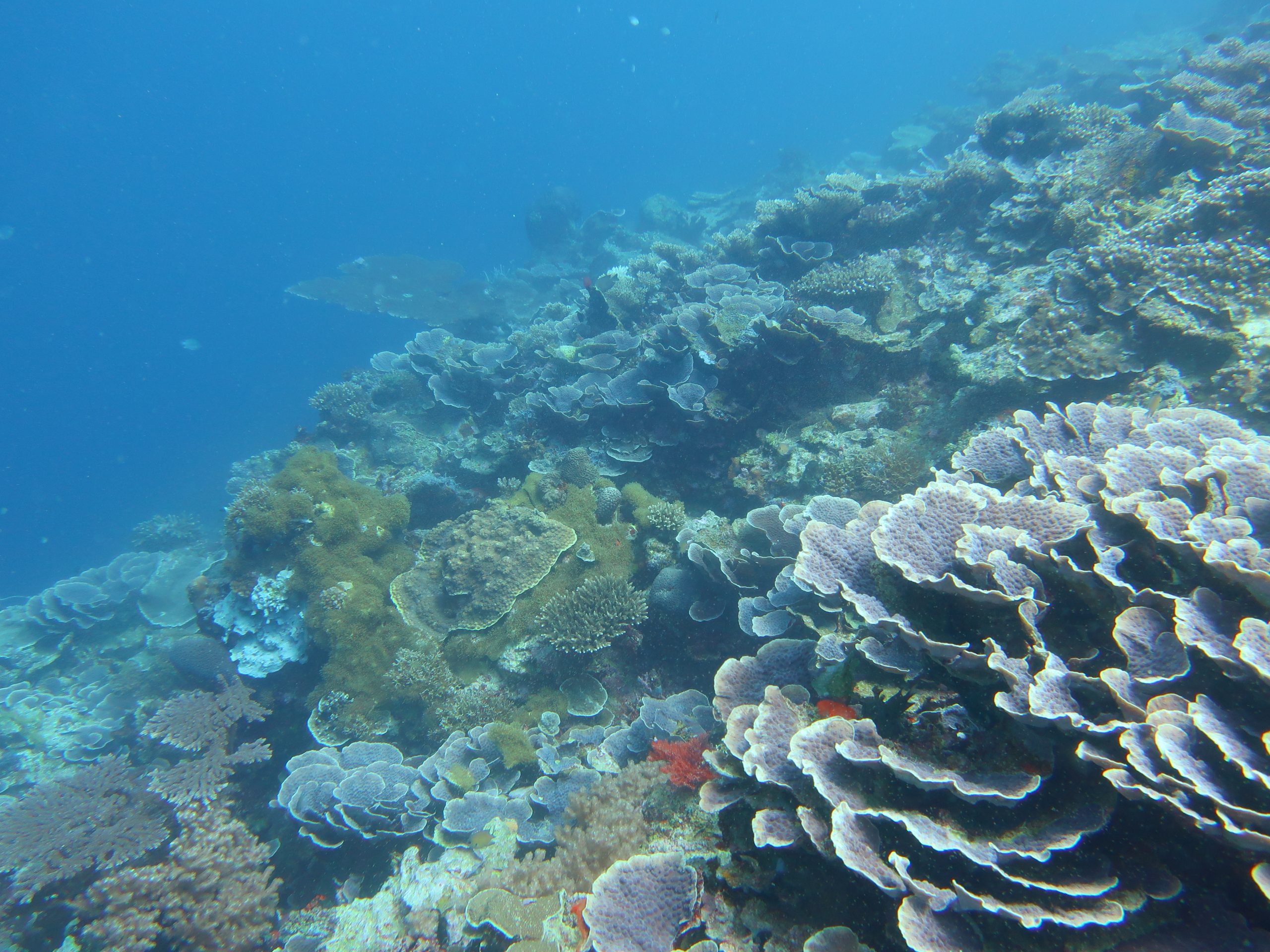
Diving Pemba Island’s Coral Reefs
RANDALL MABWA
Researcher
Starting on the 3rd of November 2019, the journey to Pemba involved lugging massive bits and pieces of equipment which gave the team an unforgettable journey which ended with a trip onboard a tiny Cessna caravan leaping from Unguja to Pemba island which was thrilling but surprisingly smooth. Two hours later, having driven through the Ngezi forest reserve, marveling at the dense rainforest, we arrived in the far north-west at Manta resort who kindly supported our stay. The team, led by CORDIO’s co-director, Dr. Melita Samoilys included 3 scientists, Peter Musembi, Mishal Gudka and Randall Mabwa.


The Pemba channel, known for its difficult diving conditions, was navigated with the help of a resident skipper which eased planning and made the diving safe. We planned and achieved surveys at 12 coral reef sites using SCUBA.


Apart from one day of stormy weather catching the team unawares as they surfaced from an hour-long dive from a small craft, the weather was generally favourable with good ocean conditions. The dive sites were in various states, some degraded and with fish populations depleted. But there were a number of reef areas which were particularly eye-catching due to the vast amount of coral and the complexities in the structure such as overhangs and ledges such as Misali reef, Njao coral gardens and Fundo Coral gardens just to name a few.
here were some sheer walls dropping into the deep dark abyss which was alarming; a slightly terrifying experience for the divers who had to muster the courage to take the plunge down the wall! On one occasion, we had an audience in the form of a giant Napoleon Wrasse who popped up from the deep looking curious! Two team members had the opportunity of joining the Kwanini Foundation on one of their night dives, led by their dive master, Mohamed, and Charlie and Natalie, to conduct abundance counts of the elusive sea urchins coming in from the reef crevices to feed at night.




It was interesting to see good reef patches with high coral cover. This made it adventurous for the divers close to the bottom with the fear of being attacked by some highly territorial moray eels! The team also had to exercise caution in one of the sites where the transect fell on lionfish territory who were not too keen to take any guests! Reflecting over the entire trip while sipping on spice iced tea I watched as the fishermen came in, on their ‘ngalawas’ during one of Pemba’s majestic sunsets. We got to see how connected the community is to the local coral reefs, with the large number of boats that were out at sea fishing. This brought home how important the reefs are at providing jobs and food and the importance of conserving these ecosystems.



